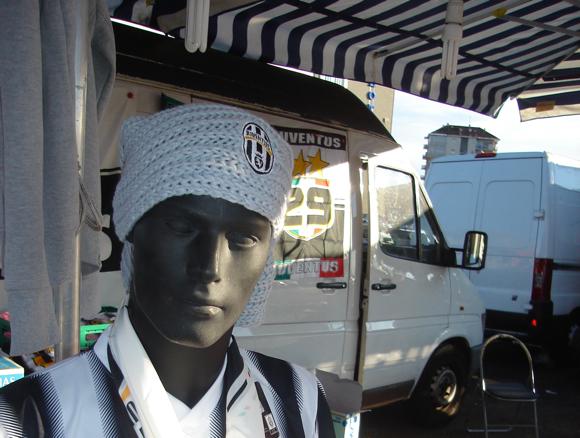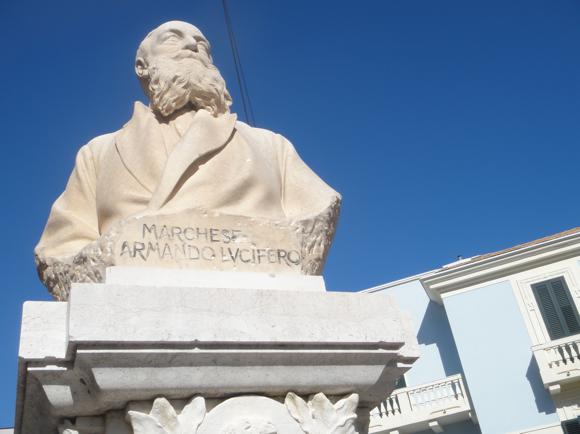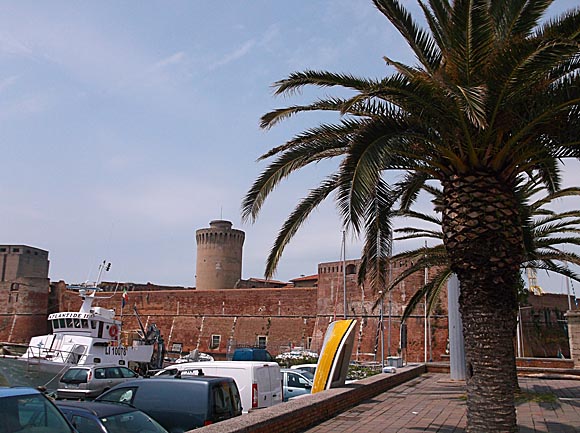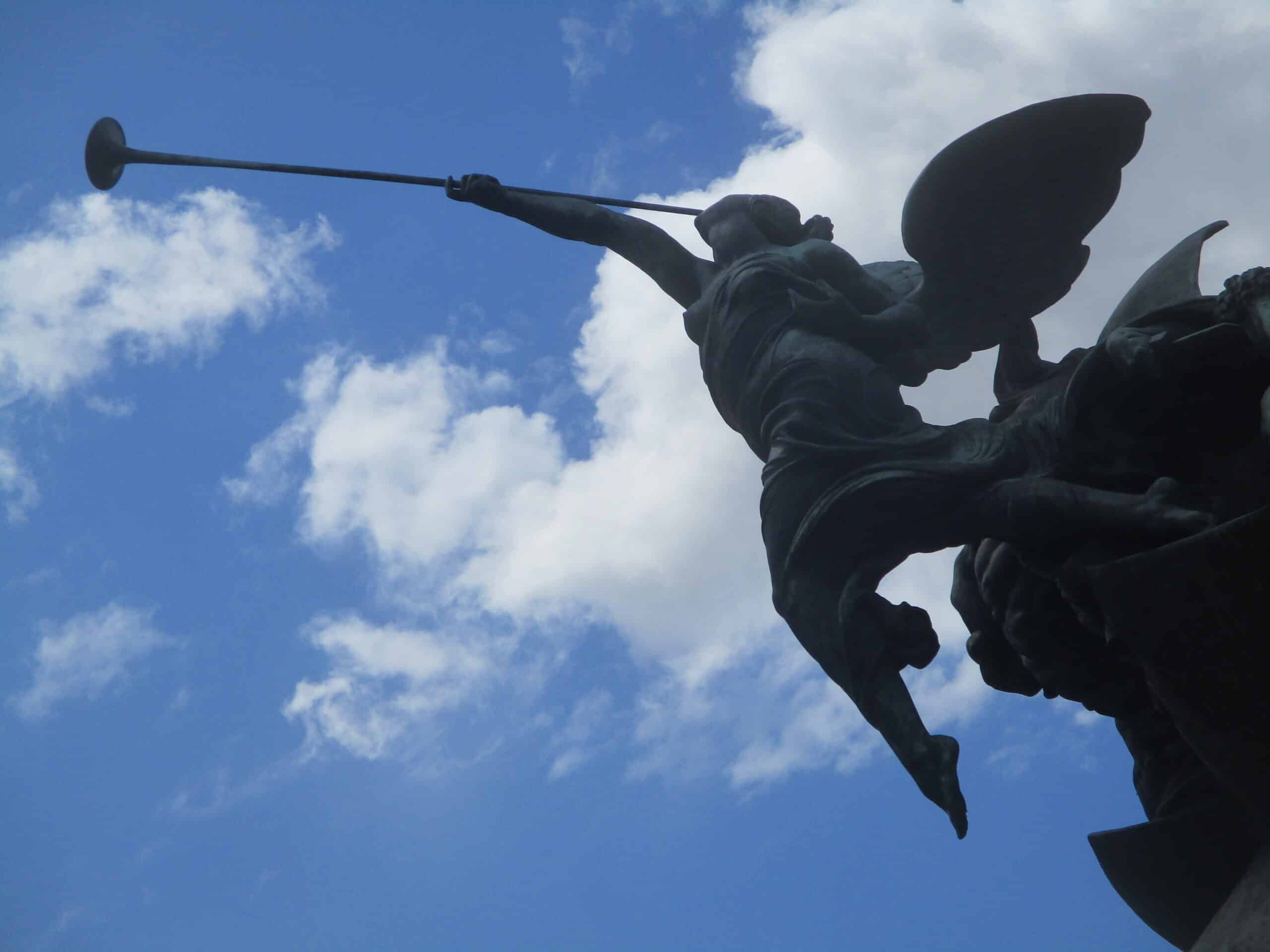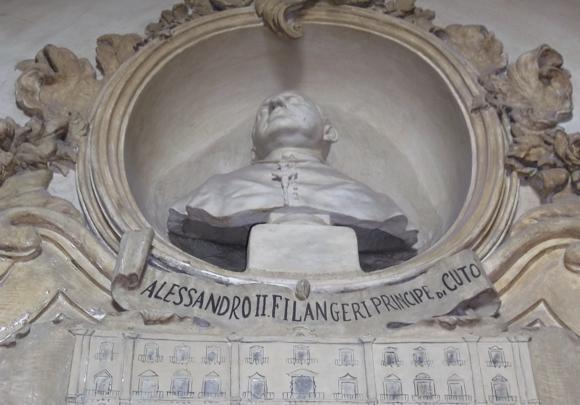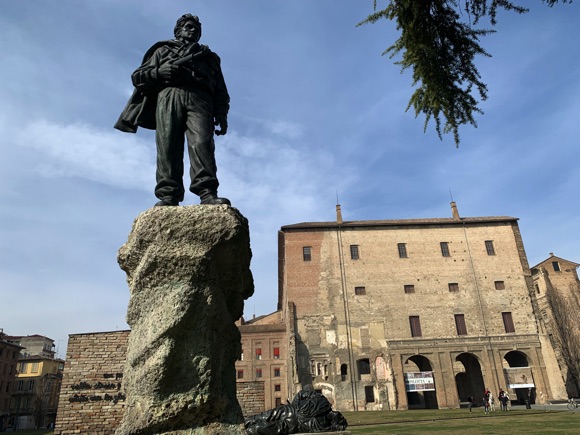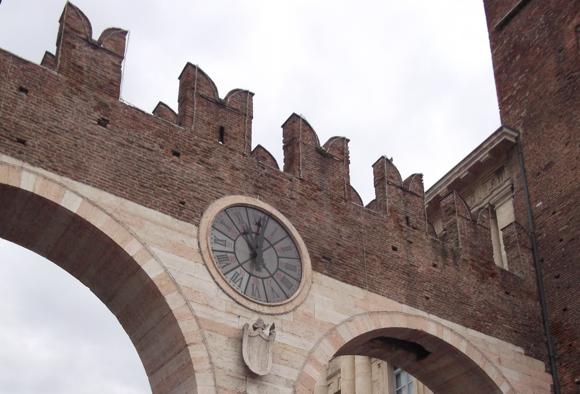Teams, tales and tips – a guide to the local game
Home of Italy’s most successful club and arguably its most revered, Turin is a football city whose past is steeped in myth and tragedy. Its two clubs, record champions Juventus and Serie A’s Torino both gained new stadia in modern times, Juve’s a praiseworthy all-seater converted from an unloved arena on the northern outskirts of the city.
But the traditional football hub stretches south, along the corso Unione Sovietica that leads to the Fiat car plant and Mirafiori housing estates. Behind Fiat are the Agnelli family who have been financing Juventus since 1923. Shortly afterwards, Turin’s two rival clubs each had a home ground set up either side of today’s corso Unione Sovietica, then called the corso Stupinigi.


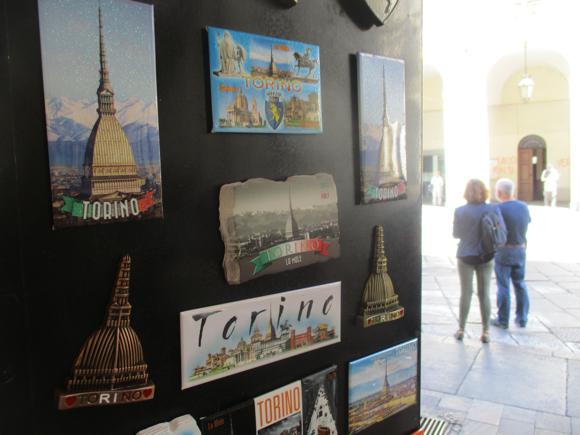
In an echo of the story in Milan, Torino were formed in 1906 by disgruntled members of Juventus, at a time when Turin was the football capital of the burgeoning game in Italy. Juventus are the most popular in Italy, whose fanbase of seven million include many economic migrants from the south.
But generations of the local workforce are loyal Torino folk, supporting the working-class club who played at the Stadio Filadelfia from its opening in October 1926. Nearby, seven years later, the Stadio Benito Mussolini was unveiled, home to Juventus and stage for the two great Central European sides of the day, Austria and Czechoslovakia, to progress in the earlier rounds of the 1934 World Cup.
After the war, the Benito Mussolini became the Comunale and witnessed a number of landmark Italian international matches – England’s 4-0 win of 1948 in front of 85,000 being one.

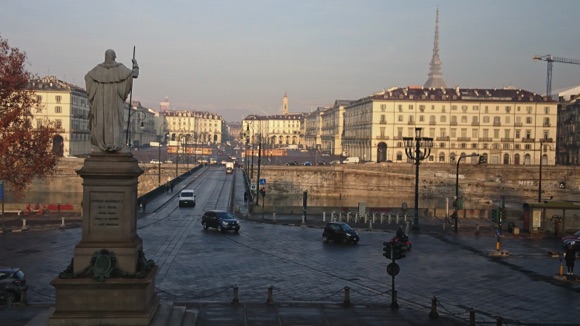

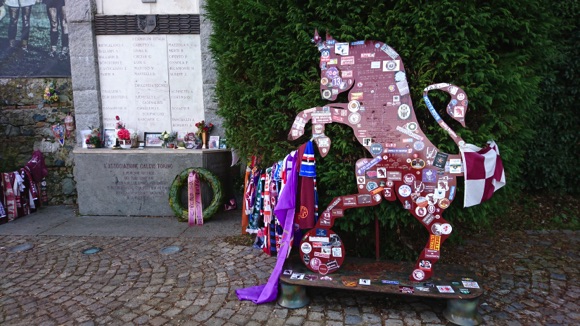
Torino were then at the height of their fame, Il Grande Torino, winners of five straight titles. It all came to a bitter end with the Superga air crash of 1949. The scene of that disaster, the Basilica, looks down over the city way the other side of the river Po. The day of the funerals, nearly a million lined the streets to honour the 31 who died. See below What to see.
The shattered Torino took two decades to recover, winning only five of 34 cross-city derbies in the league between 1949 and 1967. That year, a week after the tragic death of Toro hero Gigi Meroni in a street accident, his best friend Nestor Combin hit a hat-trick in his honour, the 4-0 derby win the biggest in Torino’s favour since 1944. Perhaps more significantly, Toro’s 2-0 victory in March 1976 led to them pipping Juve to the title, their only Scudetto since Superga.
The Derby della Mole is named after the towering landmark, the Mole Antonelliana, whose spike can be glimpsed as you turn every corner of Turin’s grid-patterned city centre. It also featured on the emblem of the 2006 Winter Olympics staged here.
Juve’s own disaster came in 1985, at the Heysel Stadium in Brussels, when 39 of their fans were crushed to death before a European Cup final against Liverpool. While Juve fans had long goaded Torino’s by mocking Superga, the tragedy now gave their city rivals ample material to provoke them back.
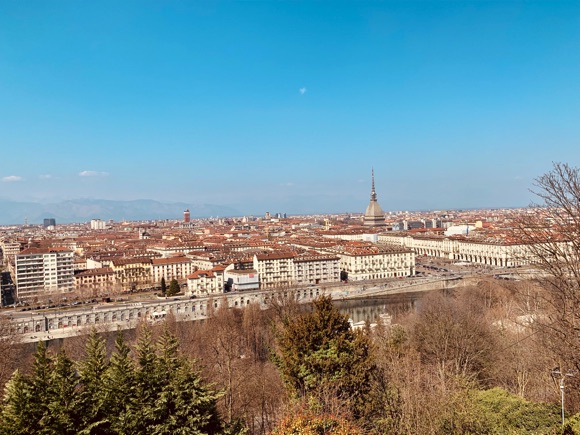


No wonder that the stadium Juve soon moved to, the Stadio delle Alpi, echoed with empty space between pitch and terrace. Though soulless for many league clubs, the stadium was brought to life by the epic World Cup semi-final of 1990, a nail-biter between England and West Germany that ended in Gazza’s tears and a penalty shoot-out win for Franz Beckenbauer’s men.
The crumbling Filadelfia, meanwhile, saw its last calcio in 1958. Torino moved to the Comunale, reconstructed for the 2006 Games as the Stadio Olimpico di Torino. In 2016, it was renamed the Stadio Olimpico Grande Torino in honour of the fallen side.
The Filadelfia remained a haunting ruin and the subject of decades of debate over its potential resurrection. In 2015, it was announced that the club would build a smaller ground within it, a pitch for training and the youth team. A completion date was given: 17 October 2016, 90 years after the original venue opened. In the end, the revamped ground opened in May 2017, and now contains the club HQ and training pitch. A classic Torino bar still stands opposite.

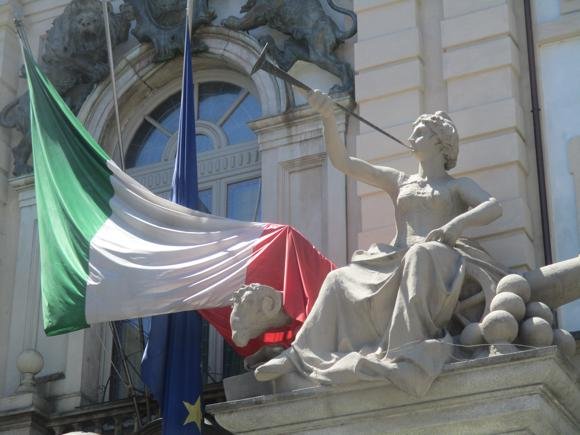
Built on the site of the former Stadio delle Alpi, the Juventus Stadium, owned and run by the club, offered a shining example across Italy to all the many clubs trapped in antiquated municipal arenas.
Nevertheless, the Zebras missed out on the chance of winning European silverware on home turf when Benfica beat them in the semi-final of the Europa League in 2014 – though the final saw the Portuguese side losing out to Sevilla. In 2017, it gained the sponsor’s name of the Allianz Stadium.
At the time, Juve were putting together a run of nine straight title wins, also making Champions League final appearances in 2015 and 2017. Forever the poorer neighbours, Torino could at least celebrate a rare derby triumph in 2015, the first for 20 years, and one not repeated since. Il Toro still run out in the grenadine colours of the Savoy Brigade of heroic lore, their badge the Bull of Turin.
In 2017, Juve decided to adopt a more corporate letter J for their badge, breaking with generations of tradition by dropping the charging bull first worn in 1905.
Getting Around
Arriving in town, local transport and timings

Turin Airport is 16km (10 miles) north of town, a short drive from the Juventus Arena. An express train (€3.70) runs every 30mins to little Dora train station just north of the city centre, journey time 20mins. A taxi (+39 011 5737 or +39 011 3399) to town should cost about €40 and take 30 minutes.
The main train station, for services from Milan 1hr away, is Porta Nuova, south-east of the grid-patterned city centre. From there, trams run to either Juventus or Torino, both too far to walk.
Public transport consists of a metro, trams and buses with a day pass (giornaliero) costing €5. A single ticket (biglietto ordinario urbano) is €1.50.
Where to Drink
The best pubs and bars for football fans
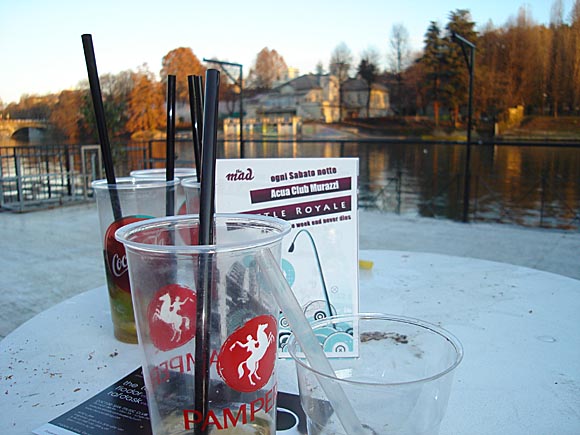




The Po-side strip of bars, the Murazzi, on the west bank between the bridges of Umberto I and Vittorio Emmanuele I, is the main hangout. No one venue is particularly football-focused but Alcatraz, Arcata 35 and Olé Madrid attract a cross-section of local youth.
Of the expat bars, a short stroll from Porta Nuova station on corso Vittorio Emanuele II, Murphy’s (aka ‘Six Nations’) has rugby as its focus but posts a schedule of soccer games, its terrace facing the TV screens in the window.
Alongside, the Shamrock Inn is another favourite while on the other side of the road nearer the station, the 1870 Huntsman has upped its game, with TV screens and pool tables inside, its windows kept open onto the street in summer. Open daytime too.
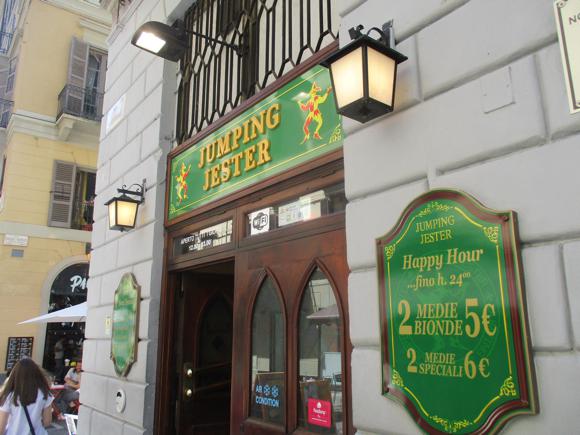


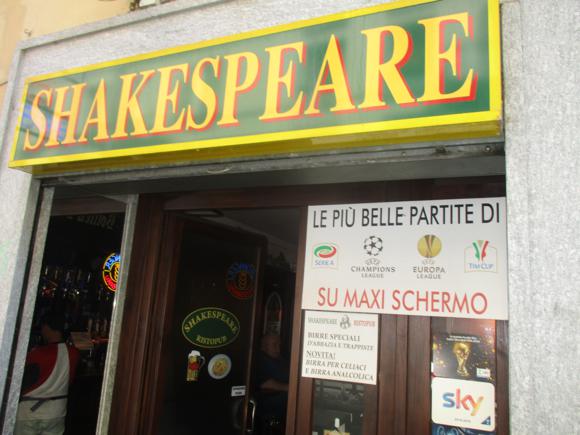
Nearby, behind corso Vittorio Emanuele II and nearer town, the Jumping Jester is also open by day, when tables fill around the corner with diners. It gets more pub-like after dark.
Just the other side of Porta Nuova, Buck’s Sport Café is more American in style, burgers and hot dogs the focus – plus Serie A on TV.
Near Porta Susa station, the Isle of Skye has a full range of Tennent’s beers as well as Sky HD.
There’s another hub of sport-friendly faux pubs in Turin’s tourist centre, between piazza Castello and the Mole tower. Roar Roads attempts to raise itself above the competition with a range of rarer beers, served by pretty waitresses – without skimping on the TV football. On the next street over, the Shakespeare is more pub-like and puts calcio first.
Where to stay
The best hotels for the stadiums and city centre


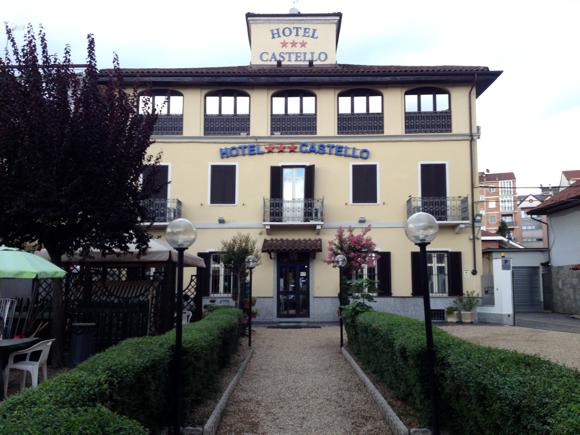

Turin Tourist Office has a booking service.
Serving the Juventus Stadium, the J hotel opened in 2019 in the J-Village, framed Zebras shirts behind the reception desk, arty portraits of iconic Juve stars displayed in the 138 guest rooms. Match packages are offered, along with tour-plus-stadium-visit offers, even a shuttle service from 2hrs before kick-off – the hotel is just under 1km away, behind the ground on via Traves. The Tàolo restaurant serves contemporary regional Italian cuisine – tàolo meaning ‘table’ in Piedmontese – while the Tàolo lounge bar is open to all from 11.30am daily.
Also nearby, the Hotel Master is a three-star with 46 rooms, not always booked for big matches. Another excellent choice reasonably close to the stadium, the family-run, three-star Hotel Castello is set in a 17th-century building.
Also on the same side of the city as Juventus, the Hotel Residence Sporting is in the same building as the Maffei Sports Centre, with a pool, tennis courts and football pitches.

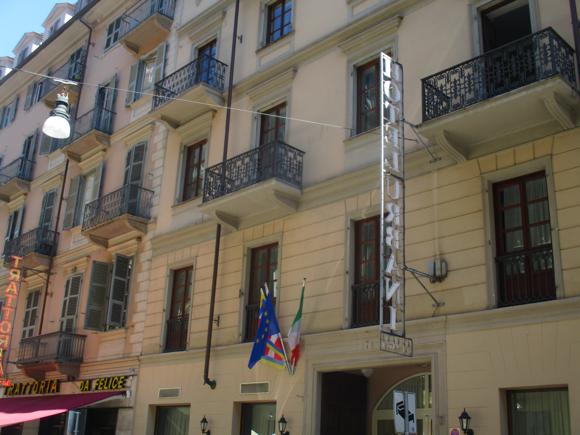
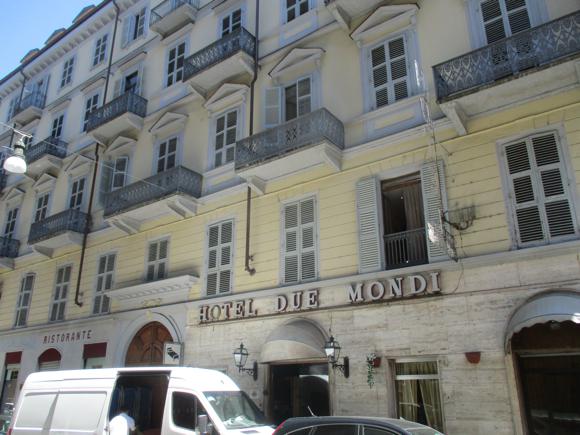


By the Stadio Olimpico, the Bed & Breakfast Stadium provides affordable comfort at around €80 a double. The four-star Hotel Cairo is also within easy reach.
Porta Nuova train station, convenient for transport to both stadiums in town, is surrounded by hotels, mostly age-old and mid-range. These include the three-star Urbani and Due Mondi, and, now in the Best Western group, the notch-above Genio, with its own gym and spa.
In the city centre, opened between the wars, the Grand Hotel Sitea is elegance itself, with a gourmet restaurant and luxurious treatments. The four-star Victoria is a polite spa hotel in a similar upscale bracket.
what to buy
Shirts, kits, merchandise and gifts
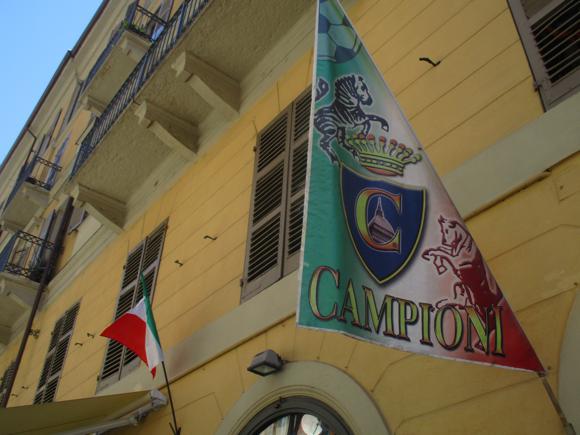
For all kinds of shirts and souvenirs, including but not exclusively those of Juventus, Sola Michele on via Urbano Rattazzi, just round the corner from the Jumping Jester pub, is a handy store close to Porta Nuova station.
what to see
The best football attractions in town
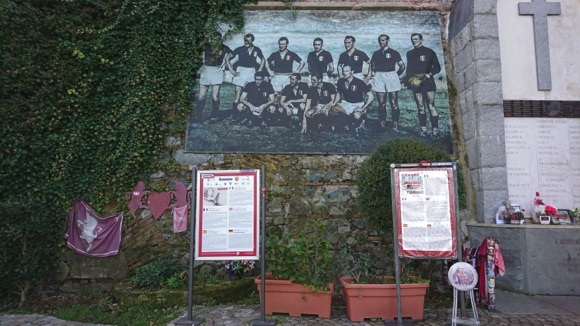
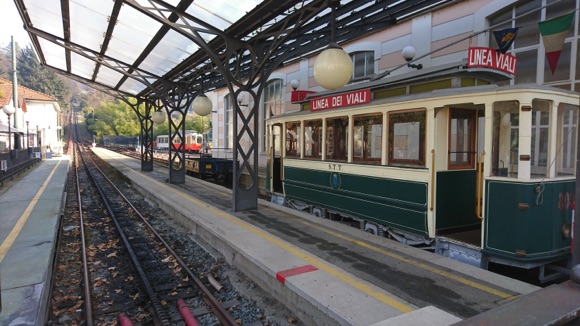

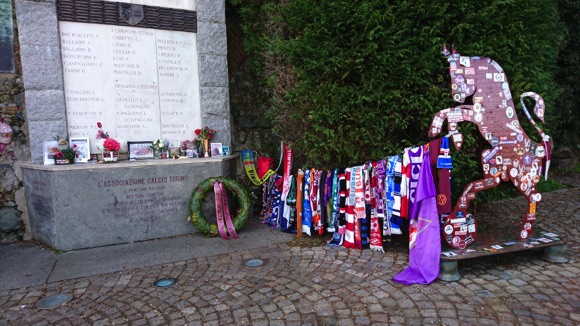

Standing atop the hill of the same name east of Turin, the Baroque-style Basilica of Superga is the 18th-century church, dome and resting place of the Dukes of Savoy. It is also the site of the plane crash of 1949 that wiped out Il Grande Torino, the greatest side in the club’s history.
Returning from a match in Lisbon, the plane failed to land in Turin and headed for fog-bound Superga, where it slammed into the side of the church. All perished and Italy went into mourning. Accessed by a rack railway from Sassi (bus 61, tram 15 from town), panoramic Superga encourages reflection.
The Museo del Grande Torino e della Leggenda Granata that once stood here has since been moved to the Villa Claretta Assandri in the western suburb of Grugliasco at via GB La Salle 87 (€5, free under-10s, open Sat 2pm-7pm, Sun 10am-7pm).

